- The Gatlin Brothers at Brown Country Music Center
- Kris Kristofferson passes away at 88
- The Magic Summer Tour: A Night of Nostalgia and New Memories
- Vlad Holiday at ACLfest 24: A Sonic Journey Through Indie Landscapes
- Cage The Elephant’s Resilience and Triumph at Noblesville Indiana: Review and Photos
- Lionel Richie and Earth, Wind, and Fire in Louisville: A review and photos
Tears For Fears “Songs From The Big Chair”
Tears for Fears was born out of the creative partnership of Roland Orzabal and Curt Smith. With their blend of synth-pop and introspective lyrics, Tears for Fears broke through in the mid-80s with hits like “Everybody Wants to Rule the World” and “Shout.”
Raised in Bath, England, the two musicians met in their teens and began performing together as the band Graduate. But it wasn’t until they reconnected in their early 20s and formed Tears for Fears that they found their authentic sound.
Their debut album, “The Hurting,” was a moody and introspective affair that laid the groundwork for the band’s future success. And it was their sophomore effort, “Songs from the Big Chair,” that made them household names, with songs like “Shout,” “Head Over Heels” and “Everybody Wants to Rule the World” dominating the airwaves.
“Songs from the Big Chair” was a masterclass in songcraft and studio wizardry. And with its themes of isolation, identity, and social commentary, the album spoke directly to the anxieties and fears of the era.
“Shout” was written by Tears For Fears frontman Roland Orzabal and keyboard player Ian Stanley. At its core, “Shout” was a response to the oppressive political climate of the 1980s and the band’s struggles with fame and success.
Tears for Fears were followers of American psychologist Arthur Janov’s school of Primal Therapy. This song was inspired by his primal therapy treatment, which worked by getting people to confront their fears by shouting and screaming. The name of the group came from Janov’s book Prisoners Of Pain.
For Roland Orzabal and Curt Smith, the song was a way to channel their frustrations and fears into something positive and empowering.
In the liner notes to the single, Orzabal explained: “The song was written in my front room on just a small synthesizer and a drum machine. Initially, I only had the chorus, which was very repetitive, like a mantra. I played it to Ian Stanley, our keyboardist, and Chris Hughes, the producer. I saw it as a good album track, but they were convinced it would be a hit worldwide.”
Today, as their songs continue to be played and celebrated by new generations of music fans, Tears for Fears’ legacy remains as strong as ever – a testament to the enduring power of their music, and to the passion and creativity that drove them to create it.
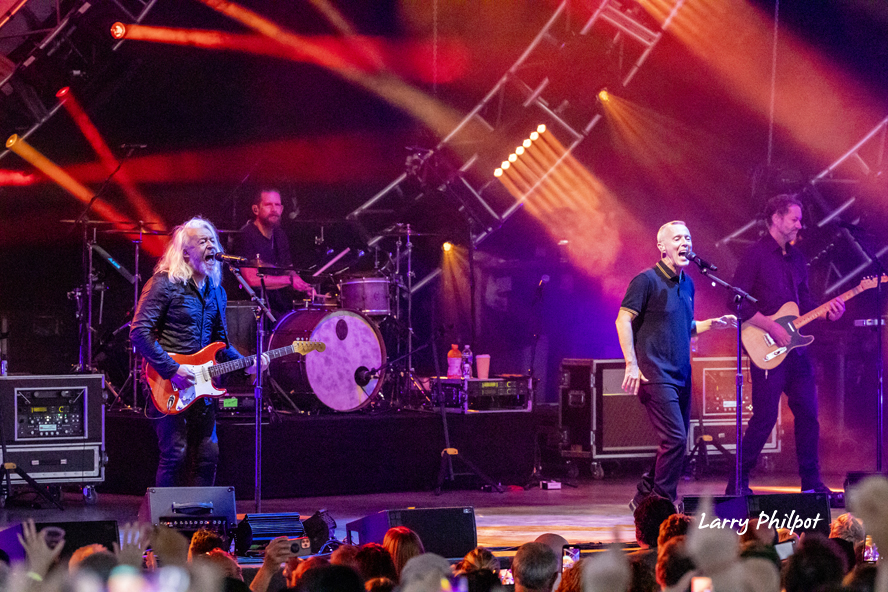

https://www.songfacts.com/facts/tears-for-fears/shout



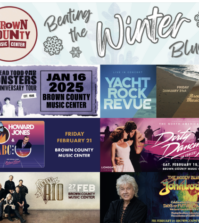



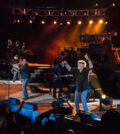
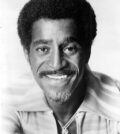
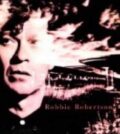
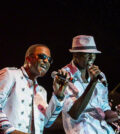
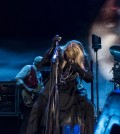


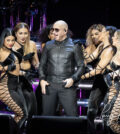
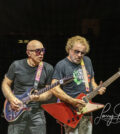
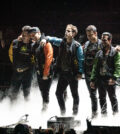
0 comments